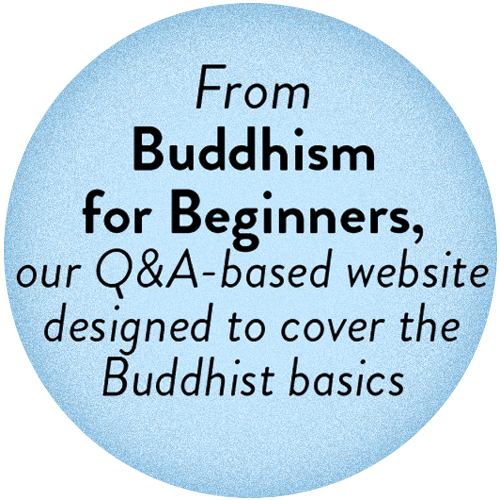Tibetan Buddhist who becomes a monk or nun leaves home and takes vows to lead a life of contemplation, meditation, renunciation, and simplicity. Many move to monasteries or nunneries to study and practice as part of a sangha, or monastic community. Others, especially in places where there are no abbeys in their lineage, live among lay dharma practitioners, but in principle they are meant to return periodically to a monastery. Monastics—and less frequently, lay practitioners—also may choose to go on retreat and spend months or years in isolated hermitages or caves. Tibetan monastics, as a general rule, do not marry. One exception is the Sakya school’s lineage of married monk-teachers dating back to the 11th century. (In several Tibetan lineages, revered teachers do not necessarily hold formal monastic ordination, and they therefore may be married and have children.)
Lama is the Tibetan translation of the Sanskrit guru (“teacher”). Like the Sanskrit term, lama is loosely defined, and historically, it has not been conferred as a formal term or title on a practitioner, although in more recent years the practice of bestowing lama as a title is not unheard of. In its more traditional usage, lama especially refers to one’s personal teacher, and by extension it therefore can also be used to refer to any Buddhist practitioner or teacher who is worthy of respect. In this more general usage, lama is reserved for persons of some renown, or who have completed a notable practice such as a long-term retreat. But it can even be used just to refer to an ordinary monk or nun, or an ordinary lay tantric practitioner.
The title Rinpoche, which means “precious one,” is used in much more precise ways. Reincarnated teachers, or tulkus (described below), are invariably given the title Rinpoche, as are other revered figures such as abbots of monasteries and teachers who guide long-term retreatants. Like a lama, a rinpoche can be either a monastic or a layperson.
Leaders of Tibetan Buddhist lineages sometimes recognize a person as a tulku—the reincarnation of a great master of the past. Tulkus are believed to have made a conscious choice to be reborn (rather than to escape the cycle of rebirth and enter nirvana) so that they can benefit other sentient beings and guide them toward enlightenment. The Dalai Lama is the most famous tulku, as he is believed to be the incarnation of the first Dalai Lama, who lived six centuries ago. Tulkus are usually identified as young children, sometimes through elaborate rituals and tests, and then go to their predecessor’s monastery to be educated by private tutors. A tulku can be male or female and can live as a monastic or a lay practitioner. Many tulkus serve as the abbot of a monastery, and tulkus often inherit property from their previous incarnation.
Thank you for subscribing to Tricycle! As a nonprofit, we depend on readers like you to keep Buddhist teachings and practices widely available.

